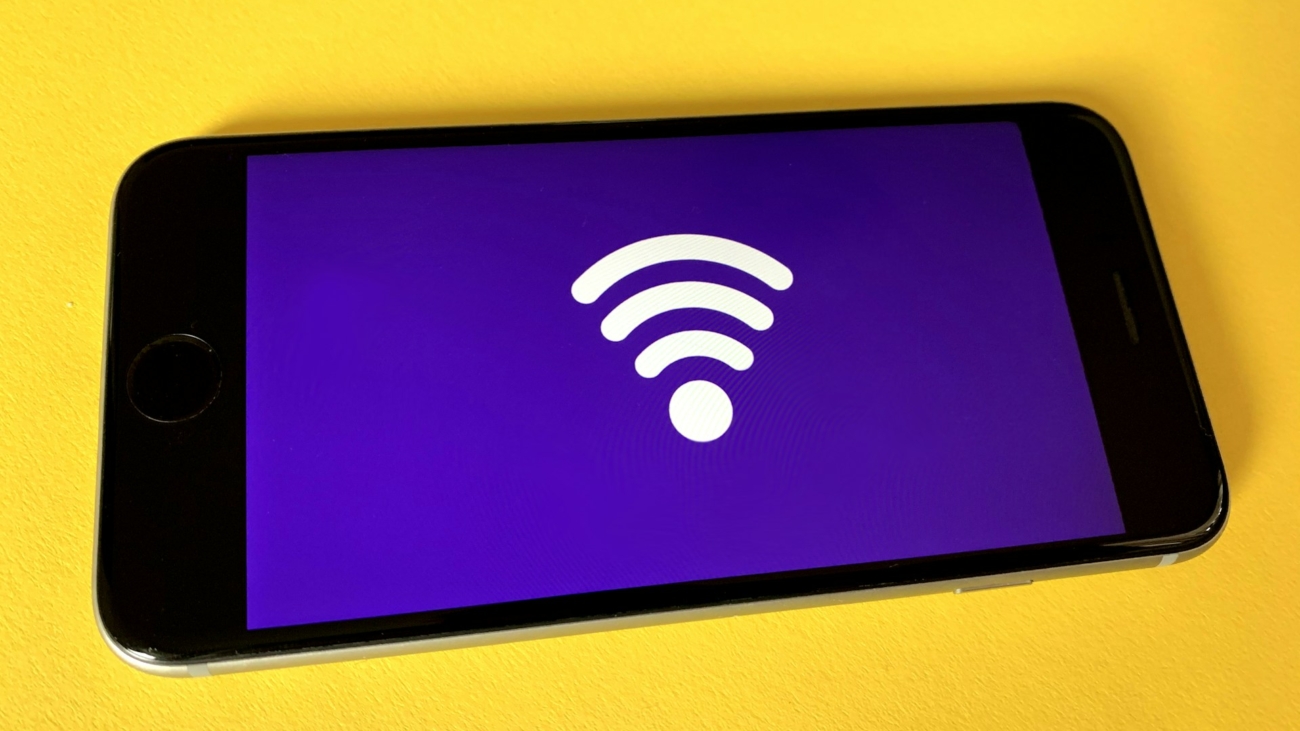What is Smart Dust?
Smart dust refers to a network of microelectromechanical systems (MEMS), each no larger than a grain of sand. These devices are equipped with sensors, communication capabilities, and computational power, allowing them to gather and transmit data about their surroundings. The concept, first introduced in the 1990s, has become increasingly feasible with advancements in nanotechnology, wireless communication, and energy harvesting.
Technical Composition and Functionality
Each smart dust mote typically includes the following components:
- Sensors: Capable of measuring various environmental parameters such as temperature, humidity, light, pressure, and chemical presence.
- Power Supply: Often powered by microbatteries, energy harvesting from solar, thermal, or vibrational sources, or even wireless power transmission.
- Communication Module: Uses radio frequency (RF), infrared, or other wireless communication methods to transmit data to a central hub or network.
- Microcontroller: Processes sensor data and manages communication protocols.
The combination of these components allows smart dust to be deployed en masse in virtually any environment, forming a dense, responsive network capable of real-time monitoring.
Applications of Smart Dust Networks
- Environmental Monitoring: Smart dust can be dispersed across large areas to monitor environmental conditions. This application is particularly valuable for tracking climate change, air and water quality, and detecting hazardous substances. For example, smart dust can provide detailed data on pollution levels in urban areas or monitor deforestation and soil erosion in remote regions.
- Infrastructure Health: In civil engineering, smart dust networks can be embedded into structures such as bridges, buildings, and pipelines to continuously monitor their integrity. These sensors can detect stress, strain, cracks, and other signs of wear and tear, enabling timely maintenance and preventing catastrophic failures.
- Urban Environments: In smart cities, smart dust can enhance various urban management functions. For instance, they can be used for traffic monitoring, waste management, and optimizing energy consumption. By providing real-time data, these networks help city planners and administrators make informed decisions to improve urban living conditions.
- Agriculture: Smart dust networks can revolutionize precision agriculture by providing detailed information about soil conditions, crop health, and pest activity. This data allows farmers to optimize irrigation, fertilization, and pest control, leading to increased yields and sustainable farming practices.
- Healthcare: In medical applications, smart dust could be used to monitor patients’ health by embedding sensors within the body to track vital signs and detect early signs of diseases. This approach promises to enhance personalized medicine and improve patient outcomes.
Challenges and Considerations
Despite the immense potential of smart dust networks, several challenges must be addressed to realize their full capabilities:
- Power Supply: Ensuring a reliable and long-lasting power supply for each mote is a significant challenge. Advances in energy harvesting and wireless power transmission are crucial for overcoming this hurdle.
- Data Management: The sheer volume of data generated by smart dust networks requires robust data management and processing solutions. Cloud computing and edge computing will play vital roles in handling and analyzing this data efficiently.
- Security and Privacy: With widespread deployment, security and privacy concerns become paramount. Ensuring that data transmission is secure and that individuals’ privacy is protected is essential for gaining public trust.
- Deployment and Maintenance: Dispersing smart dust and maintaining the network’s functionality over time can be complex. Developing methods for easy deployment and self-healing networks will be critical.
The Future of Smart Dust Networks
As technology continues to advance, the deployment of smart dust networks will likely become more practical and widespread. The integration of artificial intelligence and machine learning with smart dust networks will further enhance their ability to analyze data and provide actionable insights. This convergence of technologies holds the promise of creating a more connected, informed, and responsive world.
In conclusion, smart dust networks represent a transformative innovation in digital infrastructure. By deploying networks of tiny, wireless sensors, we can achieve unprecedented levels of monitoring and management for environmental conditions, infrastructure health, and urban environments. As we overcome the technical and logistical challenges, smart dust will undoubtedly play a crucial role in shaping the future of monitoring and data-driven decision-making.

